
Fertilizer Burn: How To Fix Symptoms & Prevent Damage
Fertilizers are essential for crop development, yet their misuse may result in fertilizer burns and lead to significant yield losses. This is why farmers should know how chemical burn from fertilizer looks like and what causes it, trying to avoid misapplications. By understanding how to treat fertilizer burns, you can save your crops if the problem is timely spotted.
What Is Fertilizer Burn And What Are Its Causes?
Fertilizer plant burn is an abnormal vegetation state manifesting yellow or brownish curled and shedding leaves. The cause of fertilizer burn on crops is excessive fertilization at any crop phenological stage. Besides, the risk of plant damage is high when fertilization is performed:
- close to seeds while planting (in-furrow);
- to dry soil;
- to wet leaves;
- at direct sunlight;
- in hot weather;
- to crops under heat stress;
- in incompatible combinations.
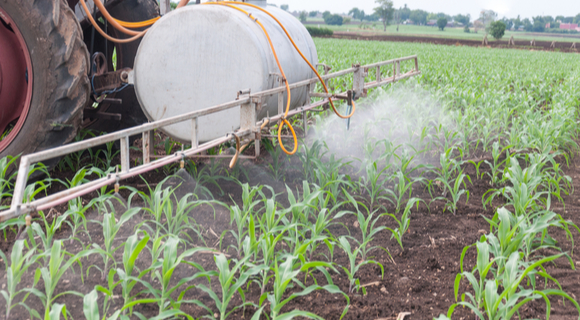
Crops lose moisture because water streamlines out of cells (areas with lower salt concentration) to the soil (areas with higher salt concentration). Typically, crops combat high temperatures thanks to water evaporation from their leaves. Without moisture, plants burn from fertilizer because they cannot cool themselves down.
Fertilizer burn on crops is an ultimate effect of nutrient toxicity, commonly due to excessive nitrogen. However, nitrogen fertilizer salt burn may be confused with nitrogen deficiency, an opposite vegetation state with similar signs. In fact, wilting, curling, scorching, or defoliation can also signal nitrogen, magnesium, calcium, and other nutrient starvation . Besides, leaf damage may occur due to diseases or pest infestations.
Also, leaf fertilizer burn can be mistaken for pesticide or herbicide injuries due to unjustified chemical applications in pest or weed control. Pesticide burns often occur under unfavorable weather conditions (either too hot or too wet ).
Thus, similar signs can result from different causes. So, proper diagnostics is always the key to correct decision-making.

Can Organic Fertilizer Burn Plants?
Crop burn from organic (non-chemical) nutrients is less likely to occur, compared to chemical applications. This is because non-chemical nutrients dissolve and release more slowly than chemical ones, apart from other organic farming benefits. Besides, organic nutrients don’t require additional irrigation, which means less leaching underground and to nearby water bodies.
Nonetheless, organic fertilizer burn still may happen with improper use, especially to fragile crops.
Examples of organic sources of nutrients include:
- corn gluten;
- seaweed emulsions;
- fish, bone or blood meal;
- alfalfa or cottonseed meal;
- dried poultry manure, and more.

How To Spot Fertilizer Burn?
Since the problem is a consequence of over-fertilization, signs of fertilizer burn are manifestations of crop inability to process extra high nutrient concentrations.
Fertilizer Burn Symptoms
Excessive fertilization causes the following changes in crops, affecting their leaves and roots:
- impaired growth;
- brown leaf margins and tips;
- leaf curling and scorching;
- defoliation;
- root discoloration (from brown to black);
- root rots;
- salt crust on the soil due to evaporation of fertilizing solutions.
What Makes The Situation Worse?
Certain conditions aggravate the severity of symptoms. For example, the risk is high under the following negative factors.
- Soil salinization. Excessive soil salinity enhances osmotic pressure, which reverses water flows between the soil and the crop. Furthermore, due to salinity, crops cannot absorb water even if it is present in the soil and get dehydrated.
- Insufficient irrigation. Lacking soil moisture cannot fully support plant water needs. In other words, crops cannot replenish the lost moisture after evaporation and transpiration while soluble salts sit in the foliage, causing fertilizer burn on a leaf. The risk decreases in cool cloudy weather when the moisture loss is not as fast as on hot dry days.
- Droughts. Hot dry weather increases the salt content in the soil, which can burn crop roots. Since roots are underground, their damage is not visible directly, but it can be understood through the symptoms of leaf fertilizer burn.
- Plant sensitivity. The impact is high if plant tolerance to salts is low. Besides, some crops are vulnerable to in-furrow fertilization, which refers to soybeans, sorghum, corn, and some others.
- plant part: roots are the most difficult to recover;
- dose amount: the more the dose, the higher the risk;
- crop type: some crops are extremely vulnerable.
For example, an oil palm stem has only one growth bud or point (apical meristem). If the bud is injured, the plant usually dies because it can’t grow. This is why fertilizer burns of growth buds in oil palm cultivation are often irreparable).
How To Treat Fertilizer Burn?
Here is a short to-do list of how to deal with fertilizer burn. When things go wrong, it is important to act fast and take adequate measures. The success also depends on the root health. If plant roots are severely damaged, chances to revive the crops are poor.
- Fix fertilizer burn by flushing excessive nutrients out with water for about a week. Excessive nutrients will leach below the root zone, making the soil environment safer for crops. Remember to avoid waterlogging as it is also critical to yields. Thus, this technique works only in the case of adequate soil infiltration.
- Help plants recover from fertilizer burn faster by removing damaged and dead leaves to save the plant’s energy. This way, the affected plant will be able to produce new foliage quicker.
- Check the results in a couple of weeks after treating burn spots from fertilizer. If rehabilitation has been successful, crops will get green again.
- Remove the old plants and resow the field if the attempts to fix burn spots from fertilizer have been in vain. However, mind to flush out excessive nutrients first.
Fields monitoring platform, leveraging high-resolution satellite images to identify and react to any changes remotely!EOSDA Crop Monitoring
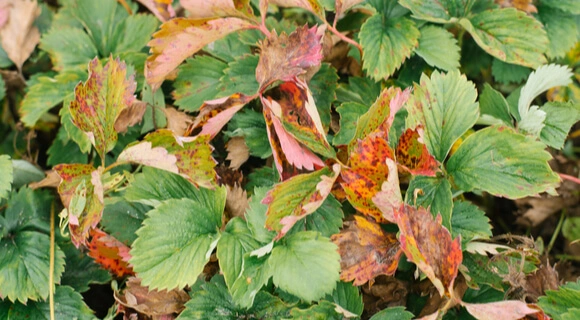
Can You Prevent Fertilizer Burn?
Of course, and it is the best way to master the situation. It is always better to avoid the problem than to deal with its consequences. Here are some basic guidelines to prevent fertilizer burn.
- Strictly follow the label instructions.
- Split applications. In terms of frequency, it is better to fertilize with small doses within short intervals rather than big doses at a time.
- Choose slow-release nutrients (preferably organic ones). This way, crops will take up the nutrients little by little.
- Irrigate generously so that nutrients can spread evenly in the soil.
- Apply drip fertigation with liquid fertilizing solutions to avoid plant shock and burns.
- Don’t allow fertilizer to come into contact with wet foliage.
- Make sure there are no chemical granules on the plant; remove if any.
- Don’t combine fertilization with transplanting or replanting. In this case, the risk of burning vegetables with fertilizer is high as the disturbed roots are sensitive and get injured easily.
- Don’t fertilize when the weather is too dry to prevent extra concentrations of salts in the soil.
- Check the upcoming meteorological conditions for possible droughts or undesirable rains.
- Consider crop needs and distribute fertilizers correspondingly using the variable-rate technology (VRT).
A crop health monitoring system can facilitate some of these efforts. The EOSDA Crop Monitoring provides a number of features to detect and prevent fertilizer burns. Thus, 14-day weather forecasts allow choosing the best fertilization time. Besides, the Field Activity Log helps avoid mistakenly repeated operations in the same terrain.
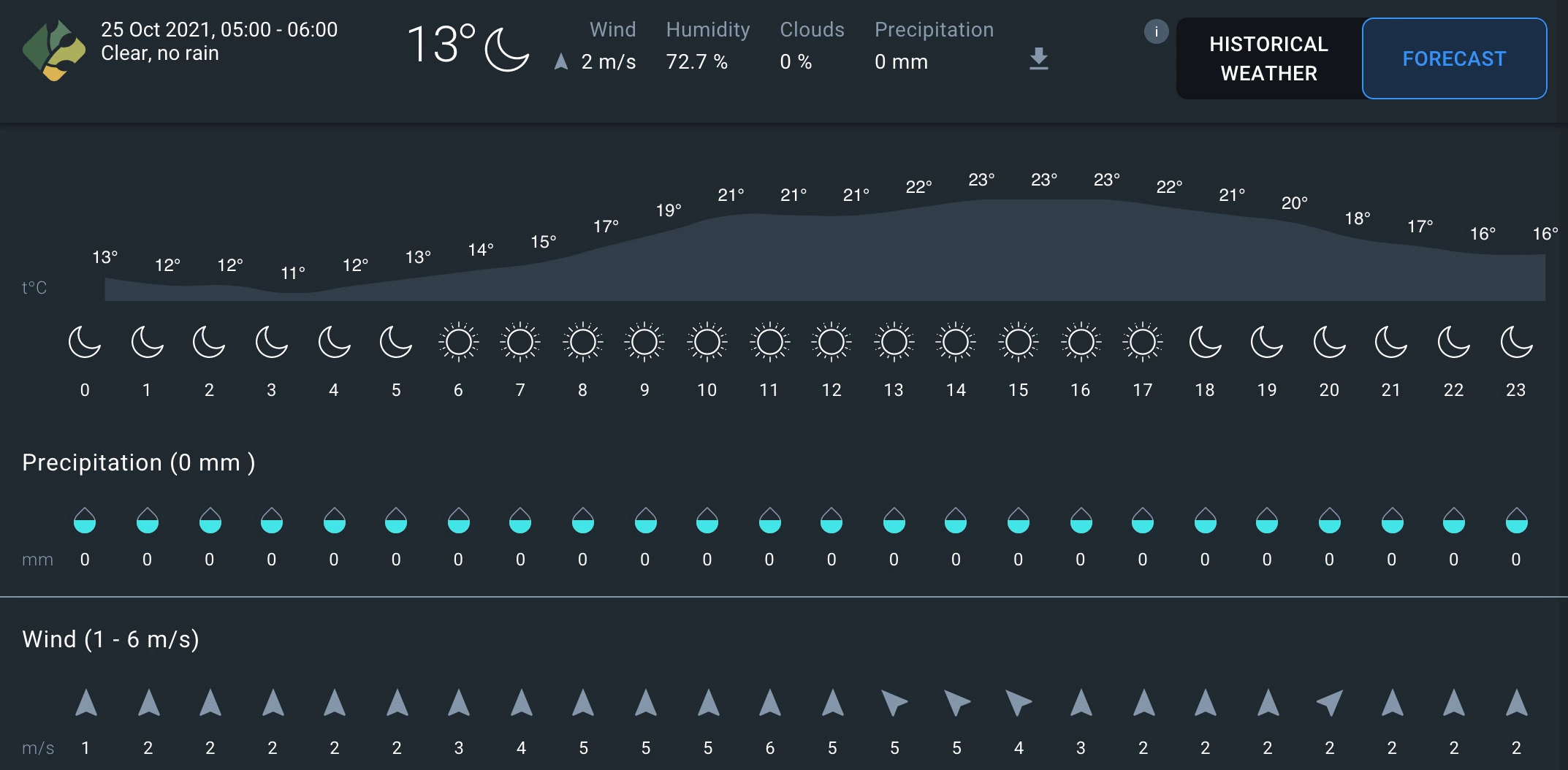
Moreover, the smart VRA maps on EOSDA Crop Monitoring allow differentiating field areas by crop nutrient needs. This feature promotes accurate fertilization without waste and minimum contamination of land and water resources.
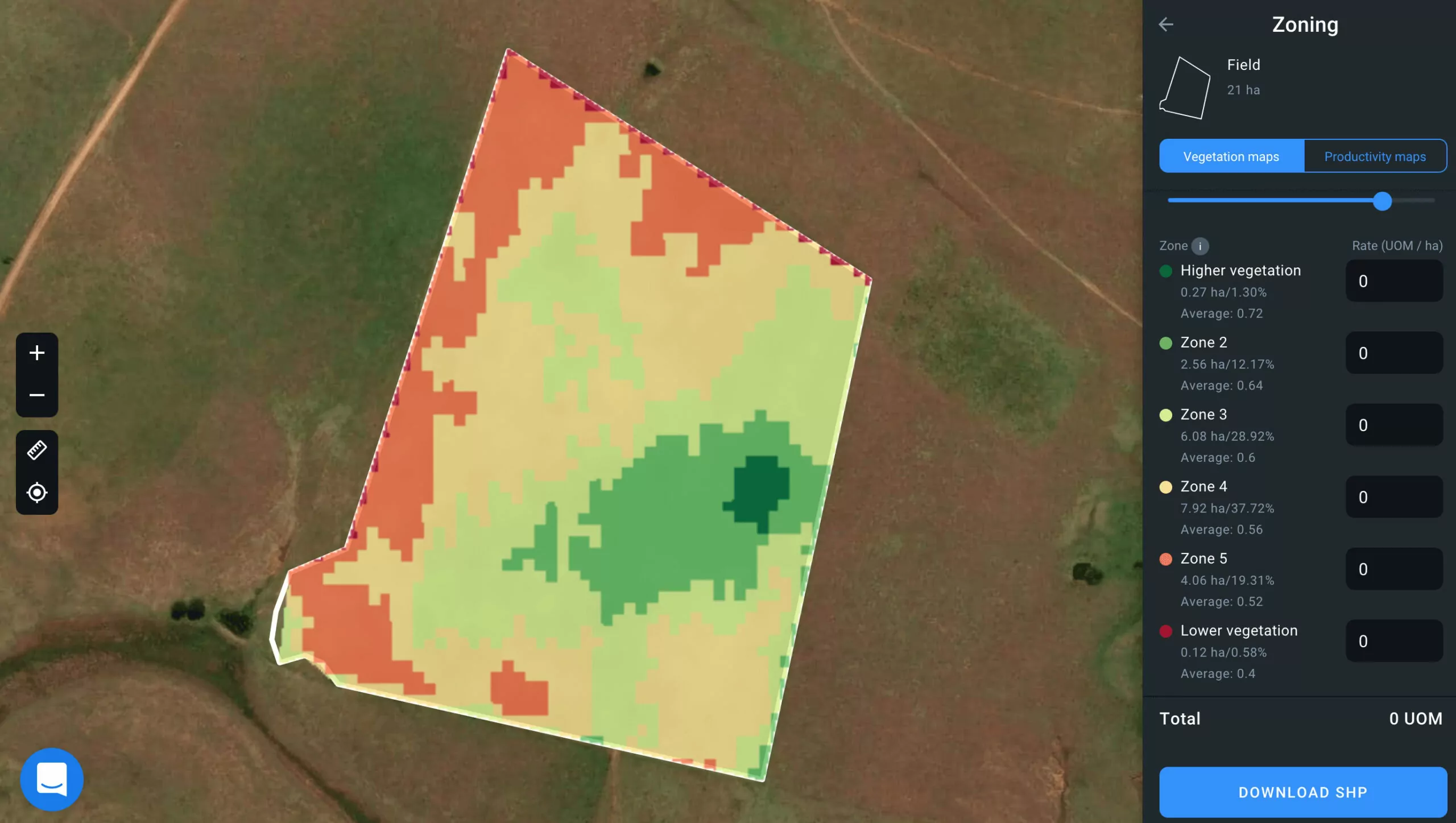
Prevention Mitigates Losses
Fertilization is a necessary agricultural practice. Yet, high nutrient concentrations cause fertilizer burns on crops. The consequences are often revocable, but sometimes the damage can be beyond repair. It’s why it is easier to prevent fertilizer burn rather than fix it.
Farmers can minimize potential risks by using EOSDA Crop Monitoring agricultural software and its designated features: weather forecasts, Field Zoning with variable rate fertilization, Field Activity Log, and more. Contact us for more information about EOSDA Crop Monitoring capabilities at sales@eosda.com, and our experts will explain everything in detail.
About the author:
Vasyl Cherlinka is a Doctor of Biosciences specializing in pedology (soil science), with 30 years of experience in the field. He attended the engineering college in Ukraine and received his degree in agrochemistry, agronomy and soil science in the Chernivtsi National University. Since 2018, Dr. Cherlinka has been advising EOSDA on problems in soil science, agronomy, and agrochemistry.
Recent articles
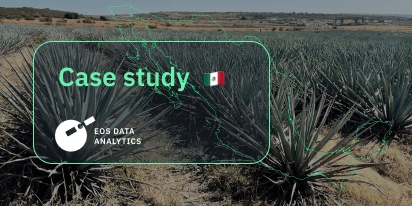
Digital Tools Improve Soil Health And Yields In Mexico
EOSDA and ITTA supported a Guanajuato farm with contour-line planning, monitoring tools, and practical guidance to reduce soil erosion and improve yields in the long run.

Analyze 2025 & Plan Your Best Year Yet: LandViewer Christmas Offer
It’s the most wonderful time of the year! The Christmas holidays are here, and so is your chance to analyze 2025 and plan a prosperous 2026 with more affordable Pro plans in LandViewer.

EOSDA Models Climate Change Impact On Sugarcane Yields
EOSDA modeled future temperature, rainfall, and other climate impacts on Veracruz sugarcane. The results help growers plan long-term adaptation strategies, including timing, varieties, and irrigation.